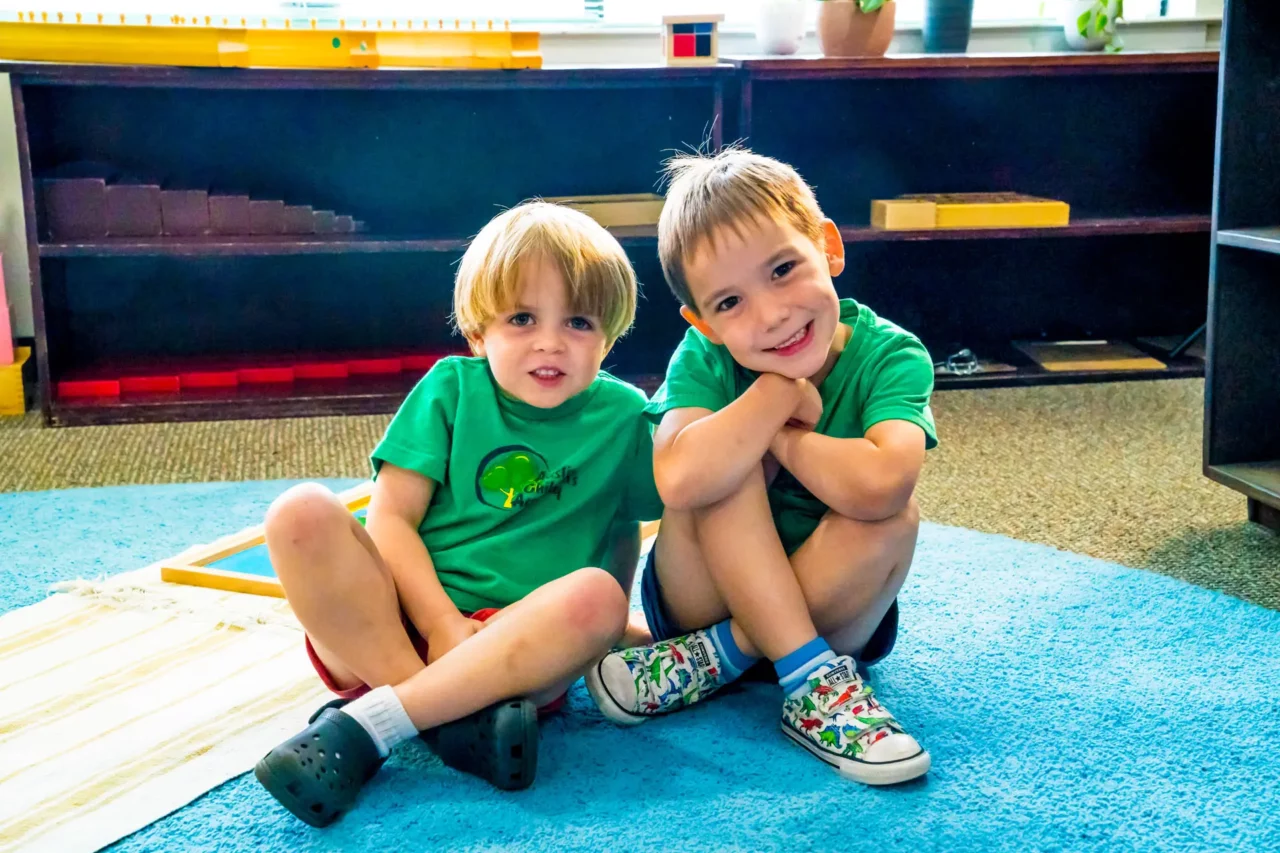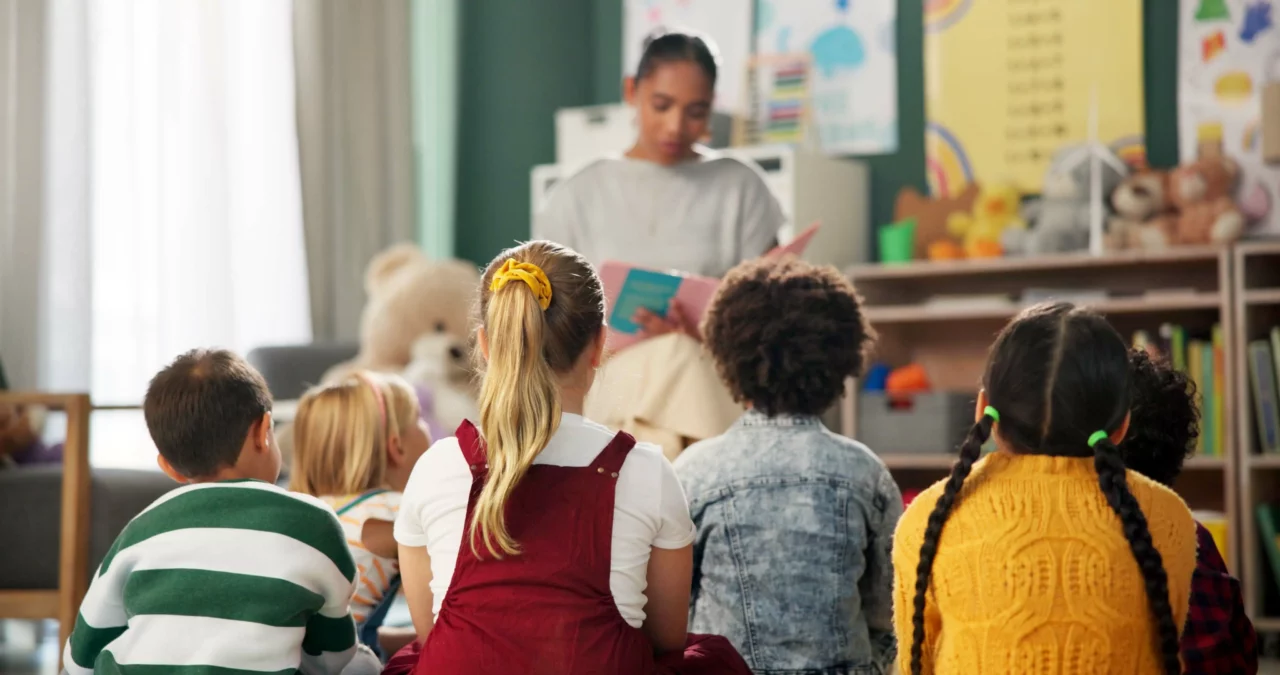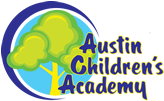
Montessori schools have a unique approach to the school day. The classroom is designed with your child’s personal success in mind, and the curriculum is built to help every student make the most of their valuable time.
Environment
Montessori classrooms are curated environments that are carefully prepared by the teacher before each day of school. Your child’s classroom will probably include several different seating and work areas, including a space for community gatherings. Most classrooms are designed to accommodate around 20 students at a time.
The first thing your child will notice is the variety of learning materials that have been staged around the room. Teachers personally design these activities to grab attention and appeal to their unique students. Although there is time for group interaction at the start of the day, it’s common for students to gravitate immediately to the activity of their choice.
Work Cycles
Work periods are an essential part of the Montessori method. Students are given an uninterrupted block of time to work on the activities of their choice. They can switch freely between activities based on their interests, and they can choose whether to work alone or in a group.
These cycles let students become truly engaged with their work. The juxtaposition of freedom in a structured environment encourages creativity and confidence. Students are allowed to progress at their own pace, resulting in a sense of individual accomplishment for the entire class.
Gatherings
After the work cycle, teachers typically call the class together for a group meeting and activity. The agenda is different every day and varies based on the age of the class; students might play a game, read a book, or sing a song. Student participation is encouraged, giving everyone a chance to engage with the rest of the group.
Mealtime
One of the unique features of Montessori schools is that the students often help prepare the meals. This teaches practical life skills and helps children value their own work.
Preparing a meal can be as simple as opening containers or as complicated as cooking a real dish – it all depends on how old the students are and how interested they are in participating in the kitchen. Even young students are encouraged to open their own lunchboxes and clean up after themselves. Students learn independence and agency, and teachers are always on hand to offer help and support.
Playtime
Children deserve to play, and Montessori schools always allocate plenty of time for recess. Both outdoor and indoor play areas are typically available, and students can expect multiple breaks throughout the day.
Montessori classrooms typically include students of varied ages. Students might be as much as three or four years apart. The benefits of this method become apparent during recess as students engage with friends both older and younger than them. Montessori kids often gain a strong feeling of community that lasts for the rest of their life.
Montessori classrooms are engaging environments that encourage creativity and productivity. Your child will spend the day working, learning, and achieving their own personal goals; along the way, they’ll learn how to set themselves up for success.





